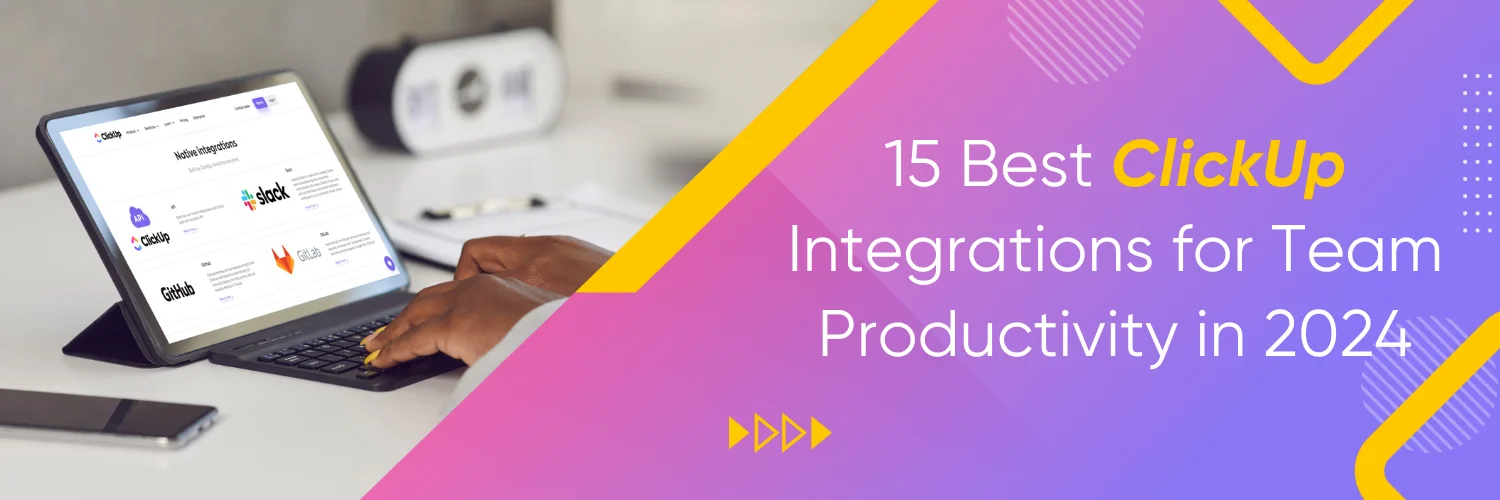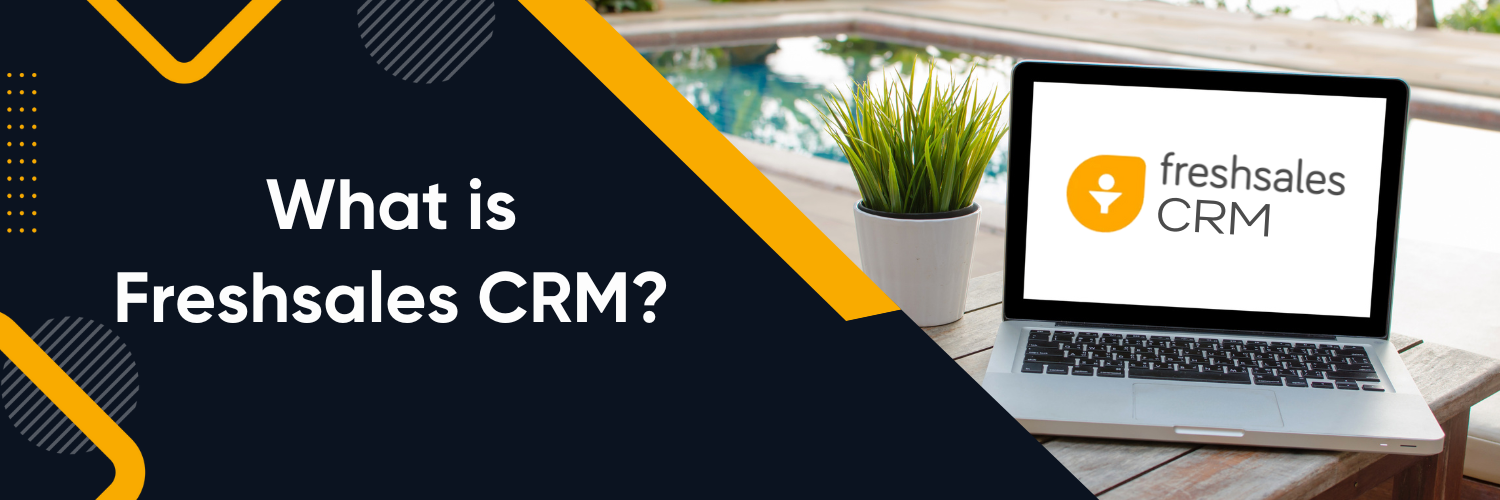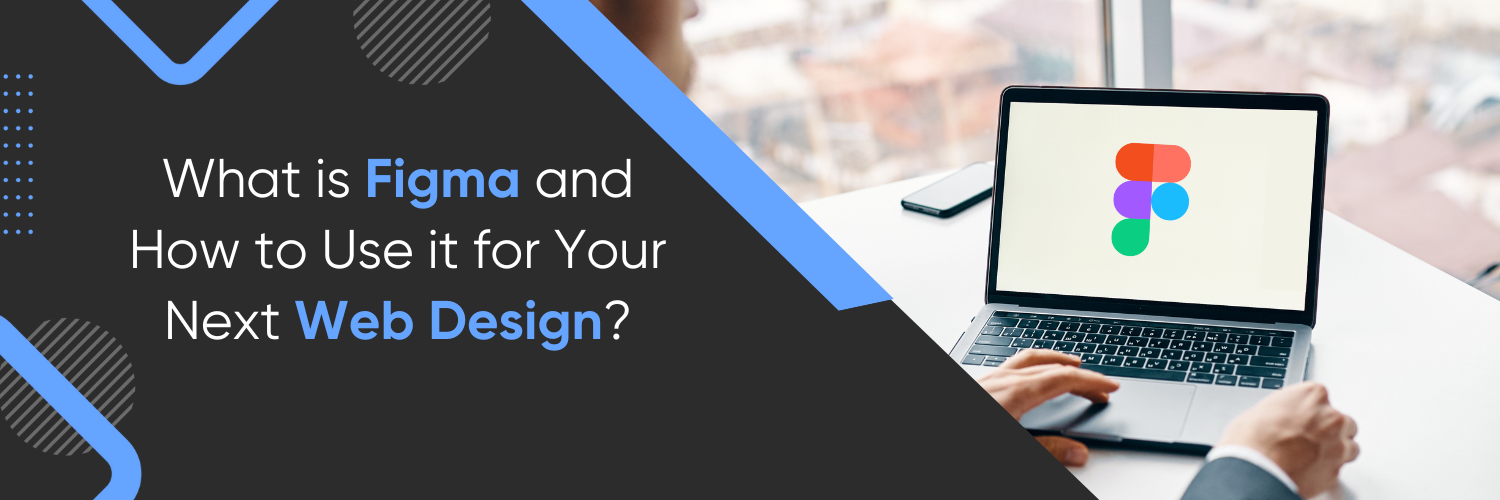Leads are potential customers who have shown interest in a product or service and can be converted into paying customers. There are two primary approaches to lead generation: inbound and outbound.
What are Inbound Leads?
Inbound leads refer to prospects who have voluntarily engaged with a company through various channels, such as website visits, content downloads, or social media interactions. On the other hand, outbound leads are generated by actively reaching out to potential customers through methods like cold calling, email campaigns, or direct mail.
Characteristics of inbound leads include their higher level of engagement, as they have taken the initiative to seek out the company. Inbound leads are more likely to be well-informed about the product or service and have a higher potential for conversion.
Examples of inbound lead generation
- Search engine optimization (SEO): To improve organic website traffic
- Content marketing: To attract and engage potential customers through blog posts or e-books
- Social media marketing: To build brand awareness and foster engagement.
What are Outbound Leads?

Outbound leads, in contrast to inbound leads, are proactively pursued by businesses. Outbound lead generation involves reaching out to potential customers through various methods, such as cold calling, email marketing, direct mail, or advertising.
Outbound leads can be characterized by their lower level of prior engagement with the company. Since they haven’t initiated contact, businesses need to make an effort to capture their attention and generate interest.
Examples of outbound lead generation tactics
- Targeted email campaigns: Reach a specific audience
- Telemarketing: Connect with potential customers directly
- Attending industry trade shows or events: Establish new connections
Inbound vs Outbound Leads

Nature of lead generation
Inbound leads are generated by attracting prospects who voluntarily engage with a company, while outbound leads are actively pursued through targeted outreach efforts.
Targeting and reach
Inbound leads are typically more focused and targeted, as they are generated from individuals who have shown specific interest in the company. Outbound leads, on the other hand, have a broader reach but may require more effort to identify and engage with the right prospects.
Cost implications
Inbound lead generation strategies often require an upfront investment in creating valuable content or optimizing online channels. Outbound lead generation tactics may involve higher costs associated with advertising, telemarketing, or direct mail campaigns.
Conversion rates and customer satisfaction

Inbound leads generally have higher conversion rates since they have already displayed interest in the company. They also tend to result in higher customer satisfaction due to the voluntary nature of their engagement. Outbound leads may have lower conversion rates and could require more effort to nurture relationships.
Choosing the Right Lead Generation Strategy for Your Business
When deciding between inbound and outbound lead generation, several factors should be considered:
- Business goals: Evaluate your specific objectives, such as increasing brand awareness, generating immediate sales, or building long-term customer relationships.
- Target audience: Understand your ideal customer profile and determine which approach aligns better with their preferences and behaviors.
- Available resources: Assess your budget, manpower, and expertise to determine the feasibility of implementing inbound or outbound strategies.
- Combination approach: Consider utilizing a combination of inbound and outbound tactics to leverage the strengths of both approaches and maximize lead generation potential.
To choose the right strategy, align your lead generation efforts with your business goals, target the right audience, allocate resources effectively, and continuously monitor and optimize your campaigns for better results.
Need help with lead generation for your business?
Ready to boost your business with better leads? We’re here to help! Whether you’re starting or want to improve, Ubique Digital Solutions can guide you. Reach out to us today and let’s grow your business together!
FAQs
Q: What are examples of inbound lead generation tactics?
Examples of inbound lead generation tactics include search engine optimization (SEO), content marketing, social media marketing, and lead magnet offers such as e-books or whitepapers.
Q: How can outbound leads benefit my business?
Outbound leads can benefit your business by allowing proactive outreach to a broader audience, providing immediate feedback on product viability, and expanding brand visibility beyond individuals actively seeking your offerings.
Q: Is it better to focus on inbound or outbound leads?
The choice between inbound and outbound leads depends on various factors such as your business goals, target audience, available resources, and market dynamics. Both approaches have their advantages and should be considered based on your specific circumstances.
Q: Can I use both inbound and outbound lead generation strategies simultaneously?
Yes, combining inbound and outbound strategies can be an effective approach. By leveraging the strengths of each method, you can maximize your lead generation potential and reach a wider audience.
Q: How can I measure the success of my lead generation efforts?
The success of your lead generation efforts can be measured through metrics such as conversion rates, lead quality, customer acquisition cost, return on investment (ROI), and customer satisfaction. Use analytics tools, track key performance indicators, and continuously analyze and optimize your campaigns for better results.












